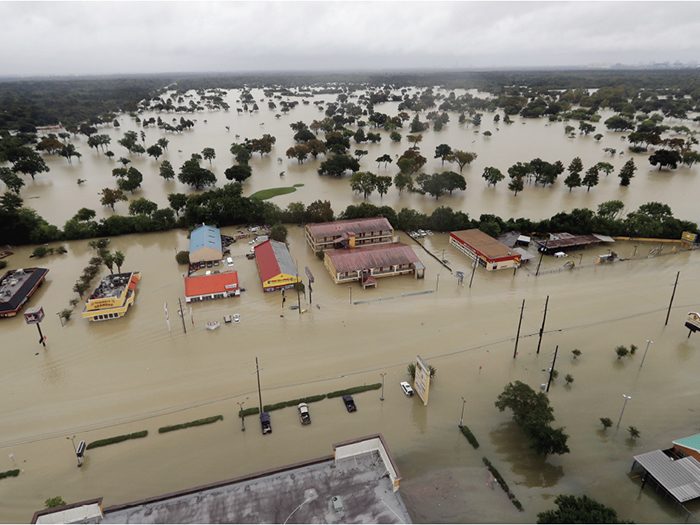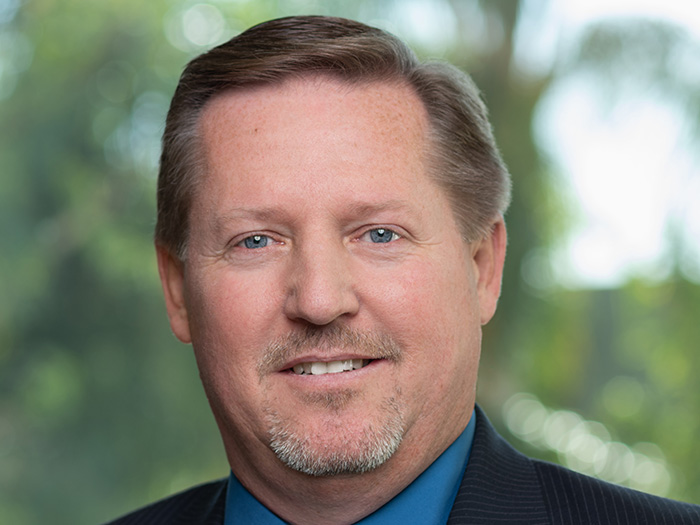Excess/Surplus
Not So Fast on Any Hard Market

Underwriting cycles were traditionally characterized by big swings up and down. A few years of declining rates, influx of capacity and limited profitability would reliably give way to a hard market following a big loss event.
“Historically, we would drive rates into the ground, and then a major event would occur. We would get huge rate increases for 18 to 24 months, but eventually the rates move back down and you give it all back over a few years while you wait for the next big thing to happen,” said Joe Tocco, chief executive, North America, Insurance, XL Catlin.
“I’ve been doing this for 30 years, and that’s always been the way the market moves … But I don’t see those cycles playing out going forward.”
By traditional standards, the havoc wrought by three major hurricanes, an earthquake and ongoing wildfires in the second half of 2017 should be the “big event” that shakes up the market and firms up persistent soft conditions.
But this is not a traditional market. Whereas significant losses in the past may have knocked out some excess & surplus carriers or driven others to pull out of the most-affected lines of business, capacity doesn’t appear to be going anywhere this time around.
That’s largely due to the presence of so much alternative capital.
According to a Deloitte report detailing the insurance industry outlook for 2018, surplus capital was at an all-time high of $704 billion as of June 30, 2017. This capital will bear the brunt of the loss as it is tested for the first time.
The market’s claims response will reveal any inadequacies in risk selection and reserving, and the weakest players in excess & surplus could potentially leave the insurance space if they take too heavy a loss.
But the primary market won’t see much disruption.
Lukewarm Rate Rise
“I am not predicting a hard market in the traditional way of rising prices and a lack of capacity in any way, shape or form,” said Duncan Ellis, U.S. property practice leader, Marsh. “We are seeing a push from the market for prices go up but not binding those rates to the degree that the underwriting community had hoped for. A governor on the desired price rise is that capacity continues to be plentiful.”
Ellis reported mid- to high-single digit percentage rate increases across the broker’s book of business. He anticipates those numbers to lift even more but not by a significant amount.
“The industry was at a place where rates were not sustainable. It couldn’t afford much more rate decline. The second half of 2017 merely put a point on that.” — Jeff Beauman, vice president, All-Risk Underwriting, FM Global
That holds true for the excess & surplus market, which has not seen notable post-catastrophe price increases or diminishing capacity, domestically or globally. Global markets in general are not recognizing new rates following last year’s large-scale losses.
“We have not seen the anticipated rate hardening of business emanating from European and international programs,” said Dawn Miller, CEO, AXA Insurance Company. “However, rates have risen on a case-by-case basis in our U.S. portfolio. It appears that this trend could diminish somewhat throughout the year.”
However, Liberty Mutual Global Risk Solutions vice chairman Kevin Kelley reported 15 to 20 percent increases in U.S. property rates, and 5 to 10 percent increases in casualty. Even in lines where rates aren’t jumping, he sees a stabilization in rate decreases.
“We’ve hit a floor across the board and are seeing a clear change in market sentiment,” he said. “The wind is no longer blowing in our face. I can’t tell you whether it will be a gentle breeze or a strong gale, but it is at our backs now.”
The most affected classes of business will be wood construction multi-family real estate and auto, Ellis said. According to the Insurance Council of Texas, Hurricane Harvey damaged an estimated 250,000 private and commercial vehicles resulting in insured losses as high as $4.75 billion. Other estimates placed the number of damaged vehicles as high as 1 million.
Deloitte’s outlook report also surmised that most premium gains in the year ahead will come from the auto market, which was already experiencing some hardening as loss frequency and severity worsened.
“A lot of markets are just starting to realize the overall impact on their portfolios,” XL Catlin’s Tocco said.
A Transitioning Market
Many of the market adjustments underway began before the 2017 catastrophes. After year-over-year rate declines for more than a decade, something had to give.
“The industry was at a place where rates were not sustainable. It couldn’t afford much more rate decline,” said Jeff Beauman, vice president, All-Risk Underwriting, FM Global. “The second half of 2017 merely put a point on that.”
“In E&S as well as the traditional property markets, you were starting to see pricing trending more favorably prior to the hurricane activity,” Tocco said. “It was the beginning of a transition, and the storms accelerated that transition.
Kelley emphasized that insurance leaders have to take the reins in maintaining that acceleration and keeping the market on track.
“Education will be very important,” he said. “It’s incumbent upon leaders like myself to educate our frontline on our performance so they can understand and participate in what has to be done in terms of rate change and other underwriting considerations.
“I think today there are many executives who feel one way about how the market should move, and that needs to be communicated clearly to the front line of underwriters so as not to lag behind.”
Risk and Relationships
Many industry leaders say that 2017’s significant losses will spur a reinvigoration of underwriting discipline.
“When you have long periods without major events — as we had prior to 2017 — underwriters tend to underestimate how much money they need for a certain risk,” Beauman said. He recalled the effects of the 2004-05 hurricane seasons:
“That was the last time there was any significant movement in property rates. We saw such sharp upticks in price, because many carriers didn’t fully understand the risks in their books, and they were surprised by how large the losses were.”
Heavy losses from 2017 and subsequent rate increases will make underwriters more aware of the risks in their portfolios and more fastidious in maintaining appropriate pricing going forward. That means evaluating each risk for its own merit on an individual basis.
“Pricing risk should really be a function of what a client is doing to protect themselves, more so than what the market is doing,” Beauman said.
The dynamic of the client-insurer relationship will also be subject to some change as market conditions shift.
“It’s been a buyer’s market for many years with pricing going down along with a broadening of terms and conditions,” Marsh’s Ellis said. “As underwriters seek higher rates and we transition away from such a buyer’s market, strong carrier partnerships will matter in arguing for reasonable increases.
Risk managers should meet face-to-face with underwriters early and often to get a good understanding of what changes to expect, so they can message that appropriately within their own firms as well as risk differentiate themselves.
“Over-communicate,” he said. “Nobody likes a surprise.” &












